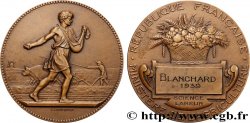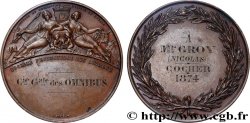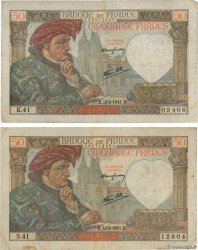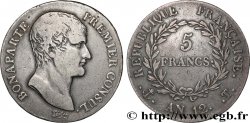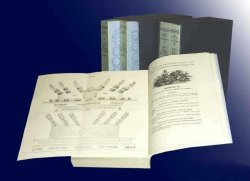Back 1/1
Live auction - fme_852610 - III REPUBLIC Médaille, Préfecture de la Seine
You must signin and be an approved bidder to bid, LOGIN TO BID. Accounts are subject to approval and the approval process takes place within 48 hours. Do not wait until the day a sale closes to register. Clicking on "BID" constitutes acceptance of the terms of use of cgb.fr private live auctions.
Bids must be placed in whole Euro amounts only. The sale will start closing at the time stated on the item description; any bids received at the site after the closing time will not be executed. Transmission times may vary and bids could be rejected if you wait until the last second. For further information check the Live auction FAQ
All winning bids are subject to a 18% buyer’s fee.
All winning bids are subject to a 18% buyer’s fee.
| Estimate : | 100 € |
| Price : | no bid |
| Maximum bid : | no bid |
| End of the sale : | 24 October 2023 18:46:23 |
Type : Médaille, Préfecture de la Seine
Date: n.d.
Metal : bronze
Diameter : 50,5 mm
Orientation dies : 12 h.
Engraver OUDINÉ Eugène-André (1810-1887)
Weight : 57,88 g.
Edge : lisse + corne BRONZE
Puncheon : corne BRONZE
Obverse
Obverse legend : RÉPUBLIQUE - * FRANÇAISE.
Obverse description : Tête de la République à gauche en Cérès, déesse des moissons, portant un collier de perles, un double chignon et une couronne composite de blé, fleurs, olivier et olives, chêne et glands, nouée par un ruban descendant sur le cou et passant sur le front où est inscrit le mot CONCORDE ; sous la tranche du cou le long du listel OUDINÉ.
Reverse
Reverse legend : PREFECTURE DE LA SEINE // MOISSON / COMMISSAIRE VOYER ADJOINT.
Reverse description : Légende circulaire et en 2 lignes dans un cartouche sous l’écu tourelée de Paris, accosté de deux anges, celui de gauche écrivant et celui de droite tenant une massue. Signé : OUDINE.
Commentary
La médaille, conservée dans un écrin marron à feutrine bleue, a été décernée au commissaire voyer adjoint Léon Moisson.
The medal, kept in a brown case with blue felt, was awarded to Deputy Road Commissioner Léon Moisson
The medal, kept in a brown case with blue felt, was awarded to Deputy Road Commissioner Léon Moisson







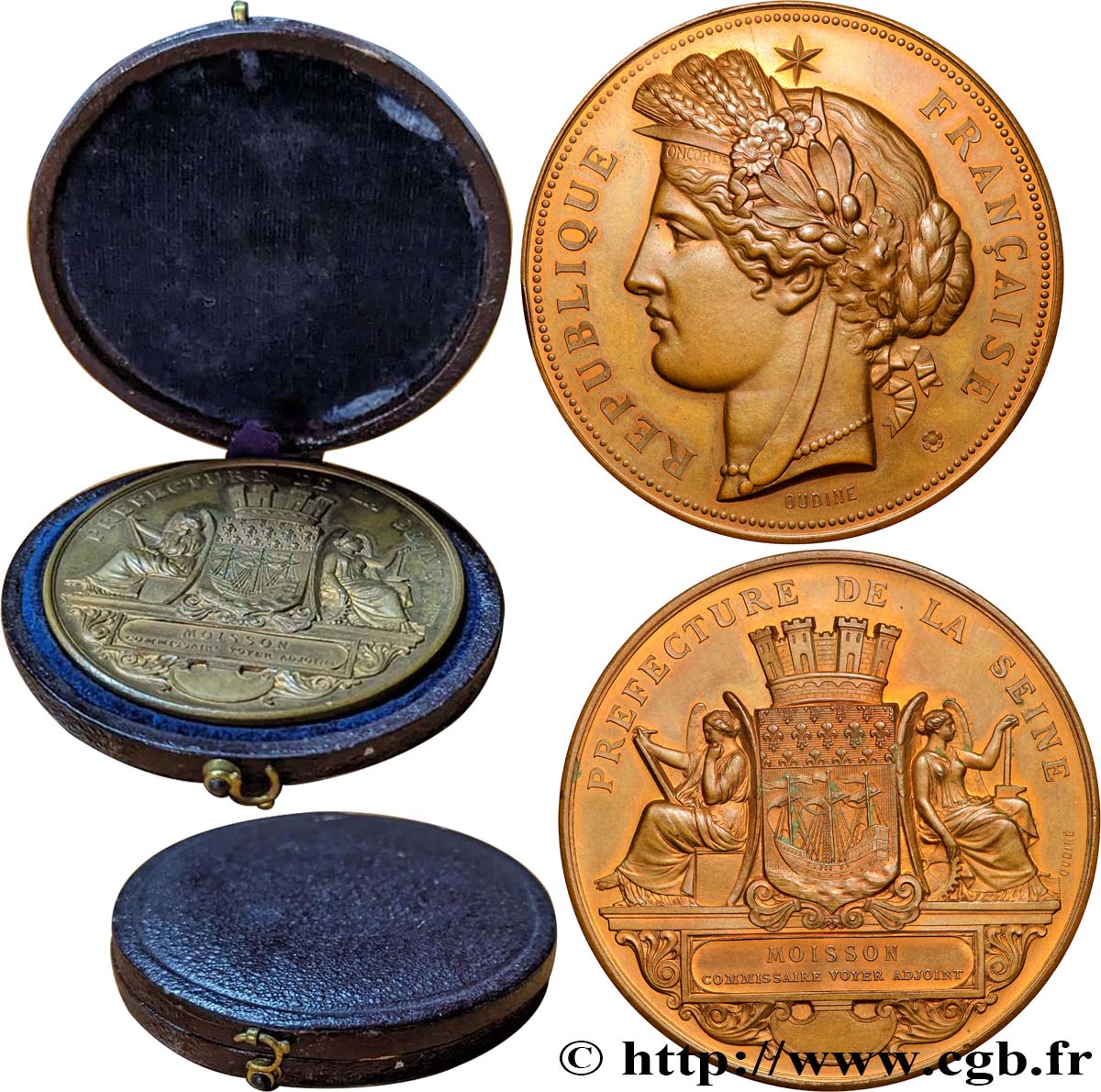
 Report a mistake
Report a mistake Print the page
Print the page Share my selection
Share my selection Ask a question
Ask a question Consign / sell
Consign / sell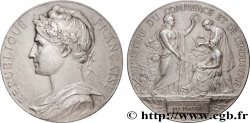
 Full data
Full data